Can Running Help Prevent Cancer?
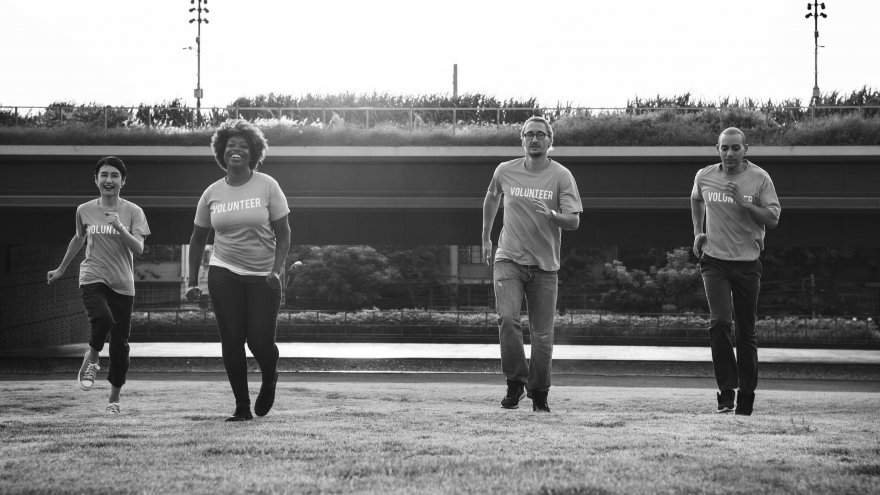
Cancer. It’s the big, scary word that divides us: on one side, there are people like me – who’ve only experienced minor brushes with cancer (a basal cell carcinoma removed from my face in 2008 and a melanoma removed from my shoulder in 2017), or known of friends and family with close calls but successful recoveries (my mother had stage II melanoma removed from her leg and my grandmother and great aunt both had breast cancer). On the other side are the people who carry the fear of cancer with them every day. Maybe they’re in remission or have lost a partner, child or close friend to some type of cancer, or have a loved one in the hospital right now. But the word cancer for them is a weighted one and a constant companion.
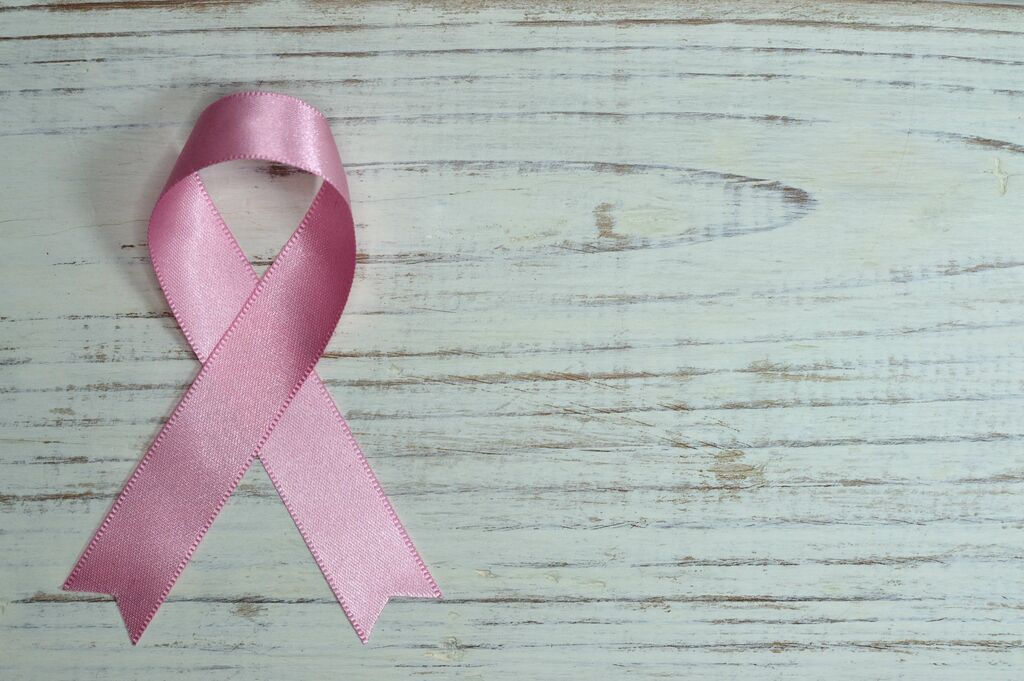
What Is Cancer?
Cancer is classified as a collection of diseases, which all have one thing in common: some of the body’s cells begin to abnormally divide without stopping, and spread to, or invade, tissues in other parts of the body. There are over 100 different types of cancer, and cancer is the second highest cause of death in the U.S., right behind heart disease (which you can also help prevent by running regularly). According to the National Center for Health Statistics, there has been a steady rise in adult cancer mortality rates in the United States over the past 60 years. It’s not all bad news though. Children’s cancer mortality rates have actually dropped by about 20% since 1999. Apparently, it’s us adults that need to get to work on our preventative health.
In the modern world, sometimes it can seem like almost everything can potentially cause cancer. Luckily, there are just as many “cancer preventers” as there are “cancer causers.” And the “cancer preventers” are things you can start doing today.
What Can I Do?
If you’re anything like me, you may be tempted to just bury your head in the sand about the subject, and wait for something bad to happen before you take any preventative action. (I only got serious about sun protection after having skin cancer twice.) You don’t have to change your whole life at once, though. There’s an old saying among U.S. Navy SEALS: “Slow is smooth, and smooth is fast.” In the military, the meaning is pretty clear: learn things slowly and develop your skills correctly instead of rushing and getting something wrong at a crucial moment. In the case of health care, it’s pretty similar. We need to take small, preventative steps in the right direction, rather than big leaps that are unsustainable in a busy lifestyle or fumbling around in a state of fear and chaos during an actual health crisis.
According to the American Cancer Society, physical inactivity and a poor diet that is low in nutrition are two of the key factors that can increase a person’s risk for cancer. Furthermore, they also note that approximately 40% of all cancer-related deaths in the United States could potentially be prevented because they are associated with physical inactivity, poor nutrition, excessive consumption of alcohol, cigarette smoking, an unhealthy body fat percentage (BFP), or ultraviolet (UV) radiation.
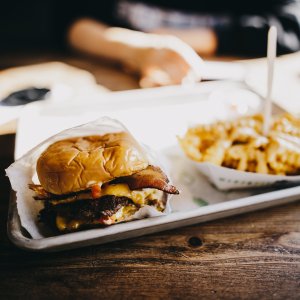



And 40% may not seem like overly much, but if you had ten people who were at high risk for cancer in one room, four of them have a very strong chance of preventing that cancer. Those are actually pretty great odds against one of the most devastating diseases of our time.
What Kind of Diet is Beneficial to Help Prevent Cancer?
At the risk of sounding like a broken record, it’s the usual suspects that provide the best cancer-fighting properties. Generally speaking, these include drinking lots of water, eating a variety (a ‘rainbow’) of vegetables and fruits every day, choosing whole grains over refined grains, and choosing healthy fats and proteins over highly saturated fats and proteins like processed and red meats.
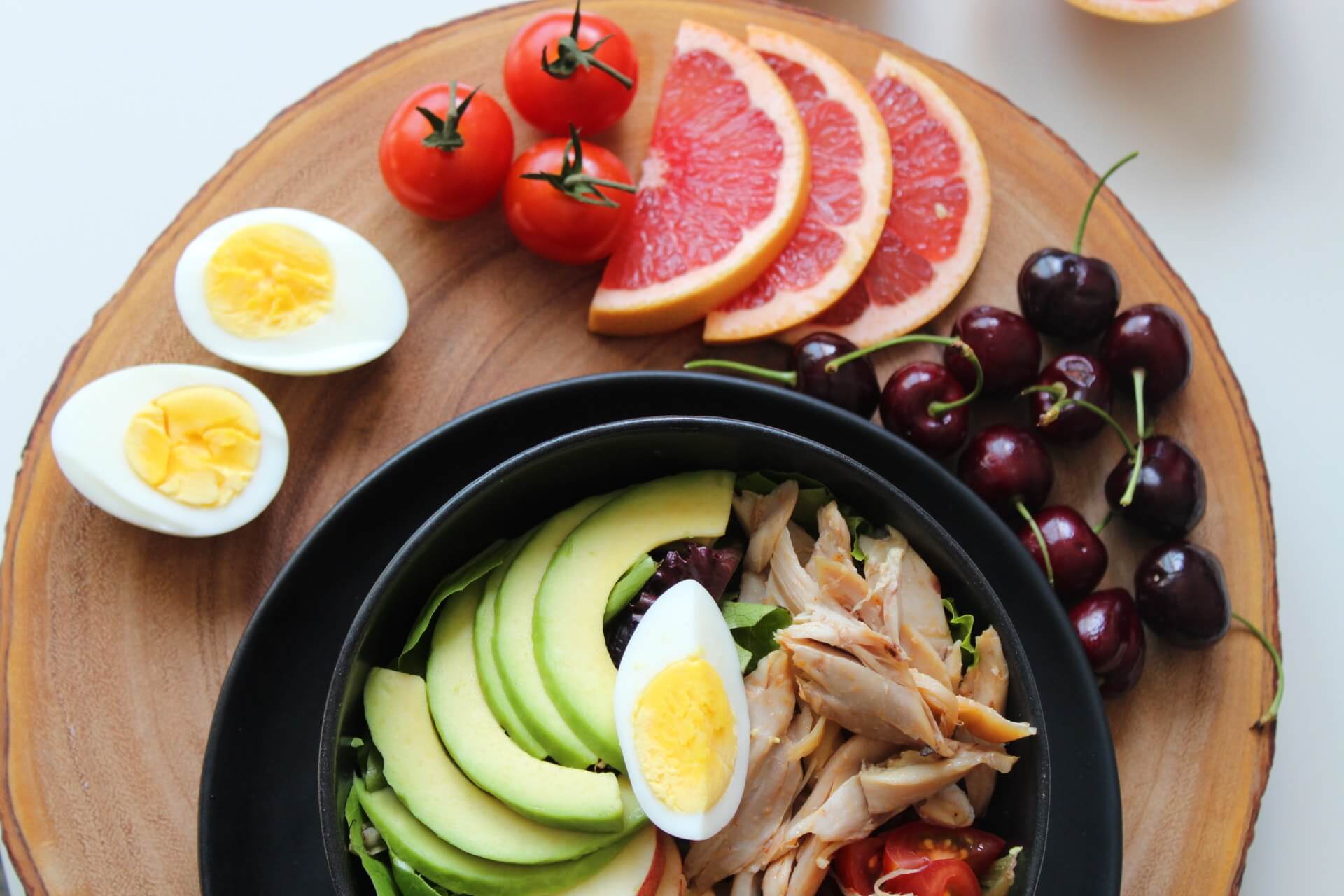
A great example is The Eating Healthy Plate designed by nutrition experts at Harvard Health. And as they noted on their website, The Healthy Eating Plate was “designed to address deficiencies in the U.S. Department of Agriculture (USDA)’s MyPlate.” You can also download a nutrition app for convenient, on-the-go help with your diet.
How Does Exercise Play a Role In Preventing Cancer?
Over 1.4 million people, from ages 19 – 98 years old, participated in a study over a period of 11 years to determine what effect exercise plays in preventing different types of cancer. The study was conducted by researchers at JAMA Internal Medicine, who tested for 26 different types of cancer at the end of the study. Here’s what they found.
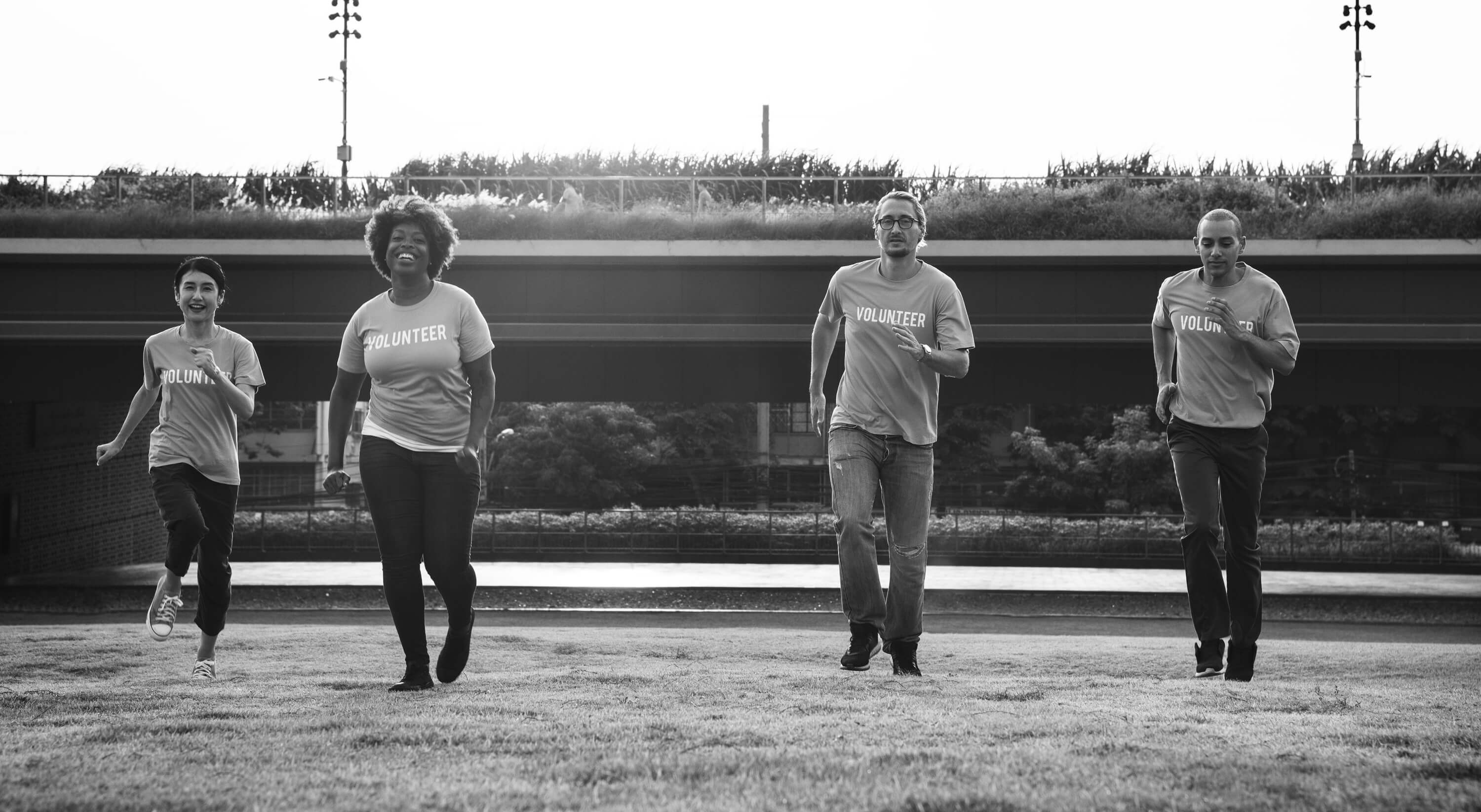
High vs Low Levels of Leisure Time Physical Activity Reduced Risks of:
- Esophageal cancer by 42%
- Liver cancer by 27%
- Lung cancer by 26%
- Kidney cancer by 23%
- Gastric cardia cancer by 22%
- Myeloid leukemia by 20%
- Myeloma by 17%
- Head & neck cancer by 15%
- Bladder cancer by 13%
- Rectal cancer by 13%
Importantly, the study showed that the higher levels of physical activity showed the highest level of cancer prevention. Also just as important, especially if you are just starting out in being active or coming back after a long break– the study also showed that most of these benefits were across the board in regards to body type or even smoking history. So, no matter what shape you’re in now, you can enjoy the full benefits of cancer prevention if you engage in high levels of physical activity.
How Does It Work?
A study in the Journal of Applied Physiology in 2005 identified one of the biological reasons that exercise can help prevent cancer. The study found that “Exercise training increased natural killer cell cytotoxic activity and unstimulated thymidine uptake by peripheral blood lymphocytes in postmenopausal breast cancer survivors.” So, by exercising, the participants in the study were able to produce stronger natural ‘killer’ cells than those who did not exercise. This is a clear advantage in fighting cancerous cells.

Physical activity has many biological effects on the body. It helps keep your hormone levels in balance by reducing the amount of oestrogen and insulin in your body, it stimulates bowel movement, manages a healthy body fat percentage, lowers blood pressure, decreases inflammation, encourages a healthy immune system, alters the metabolism of bile acids, and not least of all promotes good psychological health. All of these things have been shown to help prevent cancer.
To significantly reduce the risk of cancer, the American Cancer Society recommends that adults fit in at least 150 minutes of ‘moderate intensity activity’ or 75 minutes of ‘vigorous intensity activity’ per week. Guess what’s at the top of the list of ‘vigorous intensity activities? Jogging and running, that’s what. It’s hard to beat the heart-pounding, deep-breathing, sweaty cardio of a run for an all-around health inducing exercise activity.
Sources
- , Physical Activity and Cancer,
- , Randomized controlled trial of exercise and blood immune function in postmenopausal breast cancer survivors, Study
- , Association of Leisure-Time Physical Activity With Risk of 26 Types of Cancer in 1.44 Million Adults, Study
- , Declines in Cancer Death Rates Among Children and Adolescents in the United States, 1999–2014, Statistics
- , Faststats Cancer, Statistics
- , Make Exercise Work for You,
Latest Articles
 Is Running on a Treadmill Easier Than Running Outside?Runners have their own preferences, whether it is treadmill running, running outside on the road, or exploring trails. So...
Is Running on a Treadmill Easier Than Running Outside?Runners have their own preferences, whether it is treadmill running, running outside on the road, or exploring trails. So... Is It OK to Use Trail Running Shoes on the Road?While trail running shoes can be used on roads, especially in situations where a runner encounters mixed terrains or pref...
Is It OK to Use Trail Running Shoes on the Road?While trail running shoes can be used on roads, especially in situations where a runner encounters mixed terrains or pref... How to Fix Sore Quads After Running?Rest, ice, gentle stretching, and over-the-counter pain relievers can help soothe sore quads after running. Also, ensure ...
How to Fix Sore Quads After Running?Rest, ice, gentle stretching, and over-the-counter pain relievers can help soothe sore quads after running. Also, ensure ... 10 Fruits With The Most Electrolytes to Replace Sports DrinksThese fruits are high in electrolytes such as potassium, magnesium, and calcium, essential for hydration, muscle function...
10 Fruits With The Most Electrolytes to Replace Sports DrinksThese fruits are high in electrolytes such as potassium, magnesium, and calcium, essential for hydration, muscle function...

